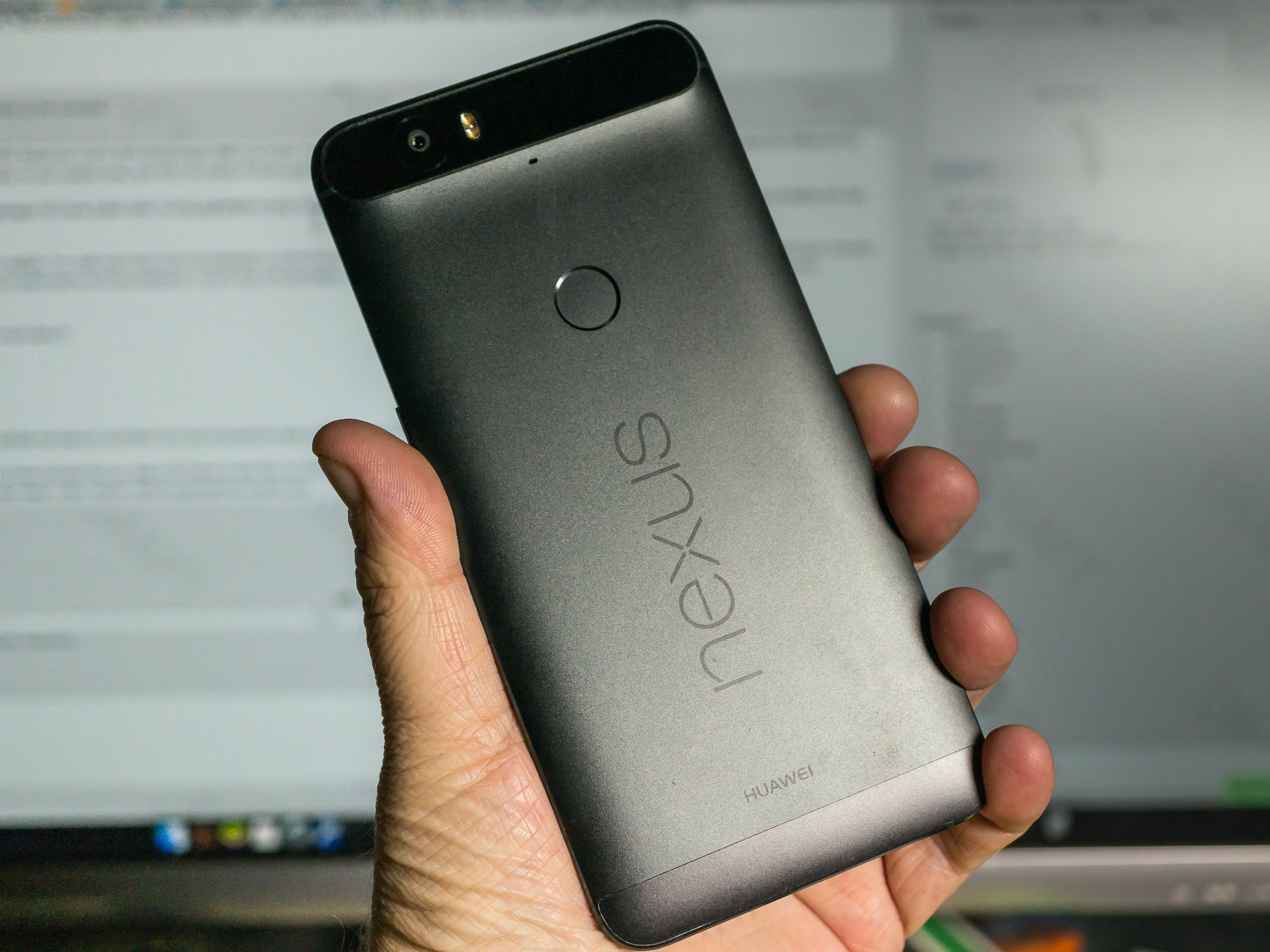Why I'm ready to ditch the Nexus 6P for the Pixel XL

If you follow me on social media, you've likely read my complaints about my year-old Nexus 6P. Frankly, my "Really Blue" Pixel XL can't get here soon enough. I'm ready to throw Google's last Nexus device out the window. The frequent lag, the touch-input delay, the poor battery life—things seem to have taken a turn for the worse these last six months with the Nexus 6P as my daily driver. Every day with it is a lesson in patience.
The beginning of the end
The Nexus 6P's performance issues started several months ago, around the time I was covering Google I/O. I remember getting frustrated at how long it took to type anything with the Google Keyboard app. I'd tap a key and then it would take about five seconds for the interface to respond. Eventually, I'd type entire sentences and wait for the interface to catch up with my input. I'd pray the end result was accurate, and for the most part it was, but penning even simple text messages became a chore.
Then I started missing out on photo opportunities. The Nexus 6P's HDR processing became a slow crawler — a far cry from my first month with the device when it would take a mere second for the camera app to start up with a double-press of the Power button. The HDR was so slow to process that sometimes it would remain stuck and I'd lose the end result.
The HDR was so slow to process that sometimes it would remain stuck and I'd lose the end result.
I don't always have the luxury of standing around and waiting for the phone to finish what it's doing, so now I avoid taking photos with it altogether. There's a reason they call it pointing and shooting, but that's not something I am confident doing with the Nexus 6P in hand.
The 6P seemed to officially hit its edge after I updated to Nougat. Man, that was a bad idea. The touch input lag became worse, and now there are days where I'll press down the power button and the phone will take about 30 seconds to turn on the screen. What's worse: Despite the addition of Google's souped-up Doze mode, the phone hardly lasts through to the early afternoon without screaming for a charge. This is no way to live life with your smartphone.
Why don't you just factory reset, Flo?
This past year, I was deep in the throes of a major life event. Resetting my smartphone was simply not an option. I had phone numbers and message threads that had accumulated and I simply couldn't deal with attempting to backup all of that data. As it stands, Android's native backup abilities are still a bit half-baked, and I typically try to avoid having to attempt to restore anything precisely because it turns into a major project.
I tried a few other quick fixes instead. First, I cleared the system cache, so that I could remove any extra data leftover from the apps and APKs I had uninstalled. That didn't help. Then, I removed any memory-intensive applications, like Facebook, Facebook Messenger, and an app I absolutely adore, Should I Answer?, which blocks spam callers. That app runs in the background and cross references the phone number calling you with a massive database before it lets the call through. However, uninstalling it didn't help and I kept accidentally answering spam calls.
Be an expert in 5 minutes
Get the latest news from Android Central, your trusted companion in the world of Android
You shouldn't have to reset your phone to fix performance issues.
Finally, I went in and turned off Developer Options. I figured that was the culprit in the first place, but still, the phone suffers from severe slowdowns from time to time. Earlier this week, for instance, I was driving an hour to Sonoma County and the 6P's screen wouldn't turn on despite the fact that I had Google Maps in navigation mode. I could hear the turn-by-turn directions dictated through my car's stereo speakers, but I couldn't actually see the route ahead. I had to pull over and manually restart the phone by holding down the power and volume up buttons. This is about the third time I've done this in six months. It's really distracting to have your phone acting up while you're driving.
The time for Pixel is now

No typical smartphone user wants to think about resetting their phone to make it run smoothly—especially after only a year with it as a daily driver. For some users, the mere thought of doing so is incredibly overwhelming.
Earlier this year, I managed to convince my mother to take the Nexus 6P for a test drive while she was overseas. She loved it; she loved the look of stock Android and how much bigger the phone was than her Samsung Galaxy S6 Edge. However, I can't imagine what she'd do if she were having the same problems as me. My mom isn't savvy enough to do the kind of troubleshooting unless I carefully walked her through it. But frankly, no one should have to do that. This is what Google's attempting to say with its new line of smartphones. You shouldn't have to be a developer or a tinkerer to get your smartphone working when it's throwing a tantrum. It should simply work, even a year after you've taken it out of the box.
I still haven't factory reset the Nexus 6P because, at this point, I'm waiting for my Pixel XL to arrive. When it gets here, I can finally troubleshoot what's been going on with the 6P these past several months. Then, I'll do a fresh restart of Android 7.0 Nougat—or, hopefully, 7.1—and see if the phone is functioning any better. I don't want to write off the Nexus 6P yet because it's been quite the workhorse, but I am curious to see how Google's last Nexus device stacks up in the long run.
Your turn
How's your Nexus 6P holding up a year later? Is it chugging along, or just plain chugging? Let us know in the comments below!
Florence Ion was formerly an editor and columnist at Android Central. She writes about Android-powered devices of all types and explores their usefulness in her everyday life. You can follow her on Twitter or watch her Tuesday nights on All About Android.

